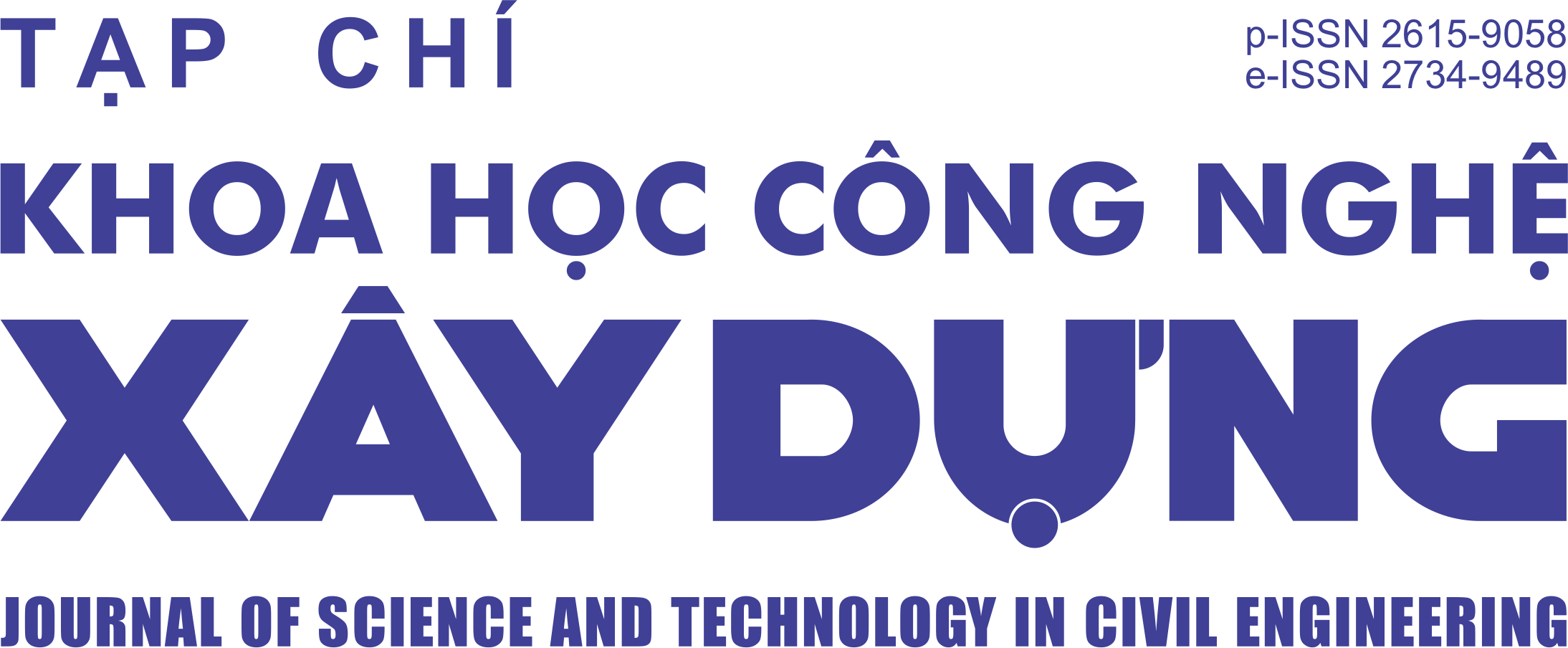Coupled finite-discrete element modeling and potential applications in civil engineering
Abstract
Since its appearance at the last of seventy decades, the Discrete Element Modeling (DEM) has been widely used in the modeling of geomaterials but regrettably limited to small scales problems by considering grains interactions. Recently, a new trend has emerged in combining DEM with other methods. The coupled approach allows extending the methods toward a wide range of civil engineering applications. Among them, FEM×DEM coupling has been the topic of research over the past decade. The FEM×DEM coupling has been mainly developed in two categories: direct interaction and multi-scale coupled models. In the first regard, this paper summarizes the basic principle of FEM and DEM, then reviews a number of possible direct coupling strategies between FEM and DEM together with potential applications in civil engineering. The second objective is to develop a model that combines these two above mentioned methods in a multi-scale approach. The results obtained by the developed model have been proved to efficiently tackle the complicated problem in engineering applications by assessing both macro and micro features and establishing the linking information between them.
Downloads
Copyright (c) 2021 National University of Civil Engineering

This work is licensed under a Creative Commons Attribution-NonCommercial-NoDerivatives 4.0 International License.
1. The Author assigns all copyright in and to the article (the Work) to the Journal of Science and Technology in Civil Engineering (JSTCE) – Hanoi University of Civil Engineering (HUCE), including the right to publish, republish, transmit, sell and distribute the Work in whole or in part in electronic and print editions of the Journal, in all media of expression now known or later developed.
2. By this assignment of copyright to the JSTCE, reproduction, posting, transmission, distribution or other use of the Work in whole or in part in any medium by the Author requires a full citation to the Journal, suitable in form and content as follows: title of article, authors’ names, journal title, volume, issue, year, copyright owner as specified in the Journal, DOI number. Links to the final article published on the website of the Journal are encouraged.
3. The Author and the company/employer agree that any and all copies of the final published version of the Work or any part thereof distributed or posted by them in print or electronic format as permitted herein will include the notice of copyright as stipulated in the Journal and a full citation to the Journal as published on the website.







